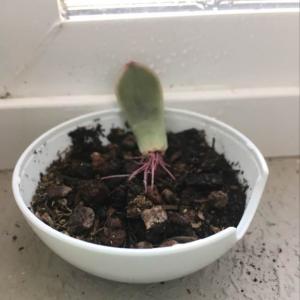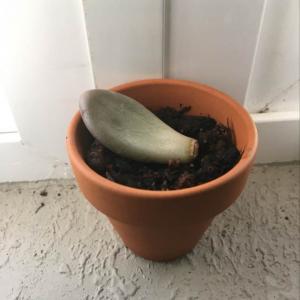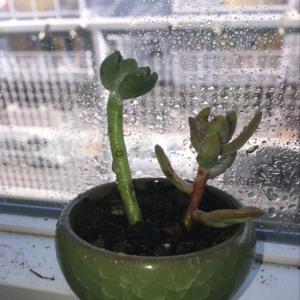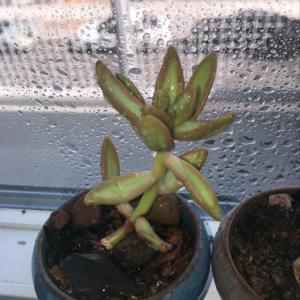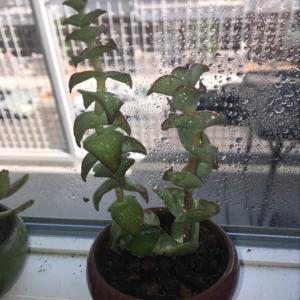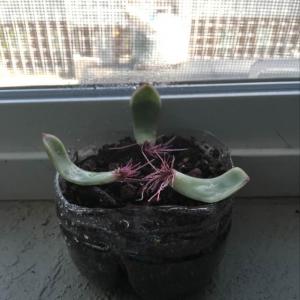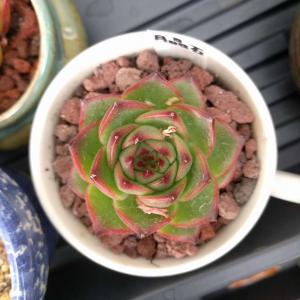文章
Miss Chen
2018年04月27日

Kale, a common garden vegetable related to cabbage and other cole crops, is a member of the Brassica genus, with a number of species and cultivars for the garden. Kale serves as a tasty vegetable whether it's cooked or raw. But you're not the only one who likes to munch on kale; many bug species also love eating kale. If insect pests have turned your kale garden bed into an all-you-can-eat salad buffet, take action. To minimize potential toxicity risks for you and your family, try all-natural or organic methods of kale bug eradication before resorting to chemical insecticides.

Blast your kale with strong jets of water from your garden hose. This physically removes and deters insect invasions and also helps kill certain fragile bug species, such as the soft-bodied aphid -- a common kale pest. While kale leaves are firm and hardy, limit this bug control method to just once a day to avoid causing undue damage to your kale plants.

Spritz your kale with soapy water. The soap film coats the bodies of any present insects and suffocates them. Once the soap dries, it also creates a bitter-tasting residue that keeps new bugs from moving in. For effective results, combine a teaspoon of liquid dish soap with half a gallon of fresh water in a spray bottle. Most dish soaps are nontoxic, but if you're worried, try using an organic and biodegradable dish soap.

Release ladybugs in your kale garden bed. These are especially effective for naturally killing and reducing aphid populations, which commonly infest kale and other cole crops.

Remove beetles and caterpillars manually. Such handpicking is a natural and effective form of pest control in smaller gardens. Drop the bugs into a bucket of soapy water to quickly kill the pests and prevent them from simply returning to your kale.

Spray your kale with a natural and organic insecticide if you notice heavy insect invasions -- causing wilting and other signs of visible plant distress -- on 10 percent or more of your kale plants. The manual handpicking you accomplished in the previous step can easily help you determine the level of insect invasions. Sprays tend to run off the glossy kale leaves. Remedy this by adding about 3 teaspoons of liquid soap per gallon of spray mixture to improve the liquid's adhesion. Spray both sides of the leaves with a fine mist until they are wet. Spray twice, five to seven days apart, and avoid spraying on a hot, sunny day. For effective, natural pest control against all kinds of common kale pests, including beetles and leafminers, try spinosad. Based on a soil-dwelling bacterium, the spray satisfies federal regulations concerning organic certification for vegetables.

Blast your kale with strong jets of water from your garden hose. This physically removes and deters insect invasions and also helps kill certain fragile bug species, such as the soft-bodied aphid -- a common kale pest. While kale leaves are firm and hardy, limit this bug control method to just once a day to avoid causing undue damage to your kale plants.

Spritz your kale with soapy water. The soap film coats the bodies of any present insects and suffocates them. Once the soap dries, it also creates a bitter-tasting residue that keeps new bugs from moving in. For effective results, combine a teaspoon of liquid dish soap with half a gallon of fresh water in a spray bottle. Most dish soaps are nontoxic, but if you're worried, try using an organic and biodegradable dish soap.

Release ladybugs in your kale garden bed. These are especially effective for naturally killing and reducing aphid populations, which commonly infest kale and other cole crops.

Remove beetles and caterpillars manually. Such handpicking is a natural and effective form of pest control in smaller gardens. Drop the bugs into a bucket of soapy water to quickly kill the pests and prevent them from simply returning to your kale.

Spray your kale with a natural and organic insecticide if you notice heavy insect invasions -- causing wilting and other signs of visible plant distress -- on 10 percent or more of your kale plants. The manual handpicking you accomplished in the previous step can easily help you determine the level of insect invasions. Sprays tend to run off the glossy kale leaves. Remedy this by adding about 3 teaspoons of liquid soap per gallon of spray mixture to improve the liquid's adhesion. Spray both sides of the leaves with a fine mist until they are wet. Spray twice, five to seven days apart, and avoid spraying on a hot, sunny day. For effective, natural pest control against all kinds of common kale pests, including beetles and leafminers, try spinosad. Based on a soil-dwelling bacterium, the spray satisfies federal regulations concerning organic certification for vegetables.
0
0
文章
Miss Chen
2018年04月27日

Plant a vegetable garden this spring and save money on your grocery bills. White acre peas and other southern peas grow quickly and produce high yields in warmer climates. Cow peas of all varieties produce peas in shells that you can cook immediately or dry for long-term storage. Found mainly in Florida, white acre peas have a soft texture and delicate creamy taste.

Step 1
Prepare the soil for your peas by tilling a 3-inch layer of compost into the soil. White acre peas need well-drained, loamy soil. They prefer a moderately acidic soil with a pH between 6.0 and 6.5. For best results have your soil tested and apply garden sulfur in amounts recommended by your soil test to correct the pH, if needed.
Step 2
Wait until all danger of frost has passed before planting white acre peas. Sow seeds every 3 to 6 inches in rows that are at least 20 inches apart. Sow multiple seeds per hole to ensure germination. Sow additional rows of seed two weeks apart so that the harvest continues throughout the summer.
Step 3
Water your rows every day for the first week, and reduce to twice weekly once germination is complete. While growing, white acre peas need an inch of water every seven to 10 days. When your peas are beginning to flower, water them gently near the base of the plant.
Step 4
Thin your seedlings when they begin to sprout new leaves. Reduce the population to only one plant every six inches. Either pull the seedlings from the earth by grasping them near the roots or clip them with a pair of garden shears.

Step 5
Fertilize your peas with bone meal and wood ash, 1/2 tbsp. each per plant. White acre peas need plenty of phosphorous and potassium but self-fertilize the soil with nitrogen. Adding nitrogen from conventional plant food causes low pea pod production but bigger bushes.
Step 6
Harvest your white acre peas 75 to 90 days after planting. If you plan to eat your peas fresh, pick your peas when the pods plump but have not yet begun to dry. For long-term storage, allow the pods to dry on the vine. Shell the peas and complete the drying process spread on screens.

Step 1
Prepare the soil for your peas by tilling a 3-inch layer of compost into the soil. White acre peas need well-drained, loamy soil. They prefer a moderately acidic soil with a pH between 6.0 and 6.5. For best results have your soil tested and apply garden sulfur in amounts recommended by your soil test to correct the pH, if needed.
Step 2
Wait until all danger of frost has passed before planting white acre peas. Sow seeds every 3 to 6 inches in rows that are at least 20 inches apart. Sow multiple seeds per hole to ensure germination. Sow additional rows of seed two weeks apart so that the harvest continues throughout the summer.
Step 3
Water your rows every day for the first week, and reduce to twice weekly once germination is complete. While growing, white acre peas need an inch of water every seven to 10 days. When your peas are beginning to flower, water them gently near the base of the plant.
Step 4
Thin your seedlings when they begin to sprout new leaves. Reduce the population to only one plant every six inches. Either pull the seedlings from the earth by grasping them near the roots or clip them with a pair of garden shears.

Step 5
Fertilize your peas with bone meal and wood ash, 1/2 tbsp. each per plant. White acre peas need plenty of phosphorous and potassium but self-fertilize the soil with nitrogen. Adding nitrogen from conventional plant food causes low pea pod production but bigger bushes.
Step 6
Harvest your white acre peas 75 to 90 days after planting. If you plan to eat your peas fresh, pick your peas when the pods plump but have not yet begun to dry. For long-term storage, allow the pods to dry on the vine. Shell the peas and complete the drying process spread on screens.
0
0



